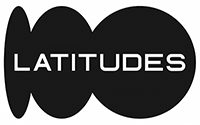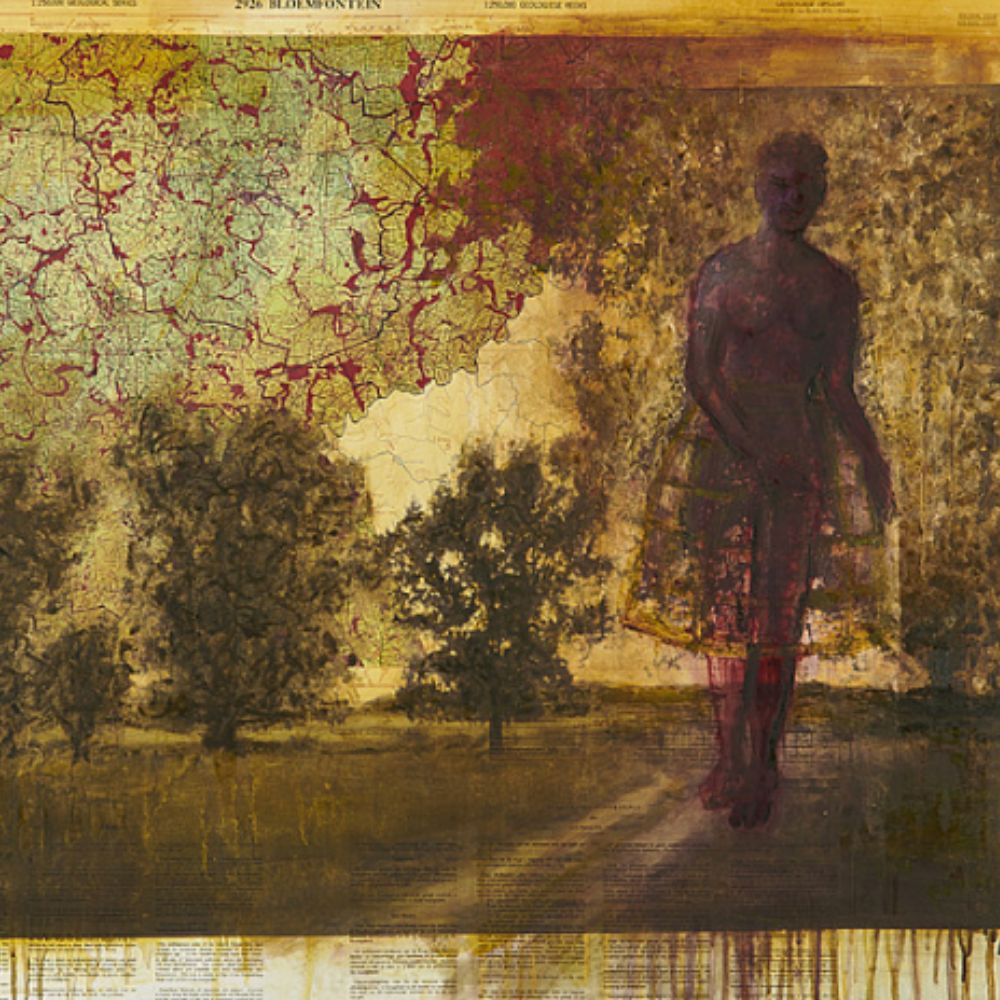Sue Martin

Johannesburg based artist, Sue Martin, has been honing her painting and printmaking skills since the 1980s when she completed a BA Fine Arts degree at the University of Natal in Pietermaritzburg (now the University of KwaZulu-Natal).
Martin boldly engages and experiments with a variety of techniques and media to produce her compelling, as well as, deeply personal artworks. Her skillful manipulation of composition and typography adds texture to her work, while simultaneously paying homage to her previous career in advertising. Martin sees her artistic practice as a journey, through which she explores aspects of her lived experience and her personal identity, against a wider historical backdrop.
In the intervening twenty years since Martin’s first solo exhibition in 1999, she has participated in numerous group exhibitions and Art Fairs across South Africa. In addition, Martin has produced several successful solo exhibitions that have established her as a prominent feature in the South African art market. In 2010, the Independent Electoral Commission (IEC) recognised Martin’s work and acquired the series Urban Cowboys (2009) for its permanent collection. Moreover, earlier this year, the Johannesburg Chamber of Commerce (JCCI) added a selection of paintings and prints, from Martin’s series The Cartographer’s Notes (2020), to its permanent collection. Martin has also been invited by Mark Attwood to participate in the prestigious residency at The Artists’ Press towards the middle of 2020.
Working from her Johannesburg-based studio, Martin continues to exhibit her work extensively with various galleries such as Knysna Fine Art, In Toto Gallery, Artist Proof Studio, and The White River Gallery. Most recently her work was selected for exhibition at Design Joburg and Grande Provence, Franschoek.
Artist Statement
Reflecting on my artistic practice, I can hear the voice of acclaimed German artist Anselm Kiefer: ‘What does the artist do? [S]he draws connections. [S]he ties the invisible threads between things. [S]he dives into history, be it the history of mankind, the geological history of the Earth or the beginning and end of the manifest cosmos’ (Kiefer 2011). In some ways, I see my creative process as a response to Kiefer’s assertion. I imagine myself taking up the mantel in my studio space, and weaving connections between a variety of historical and geographical sources. However, as I look outwards at the complex history of the world, I am acutely aware of the driving force that motivates my engagement in this project: to engage and better understand a personal exploration of ‘belonging’.
As a third-generation South African living and working in Johannesburg, in the post-apartheid era, this exploration remains embedded in the nucleus of my practice and often informs the starting point for my artworks. I frequently incorporate found objects into my work, such as historical maps, that bring with them their own history. I respond to these objects by painting on them, and drawing into them, thereby creating a multitude of layers revealing and obscuring images and ideas. By building-up these layers, I encourage the viewer to look beneath the veneer of the artworks. It is through this process of disentangling and extracting meaning, that the viewer becomes an active participant in translating the images and threading their own connections, and narratives, into the artworks.


















